Your cart is currently empty!
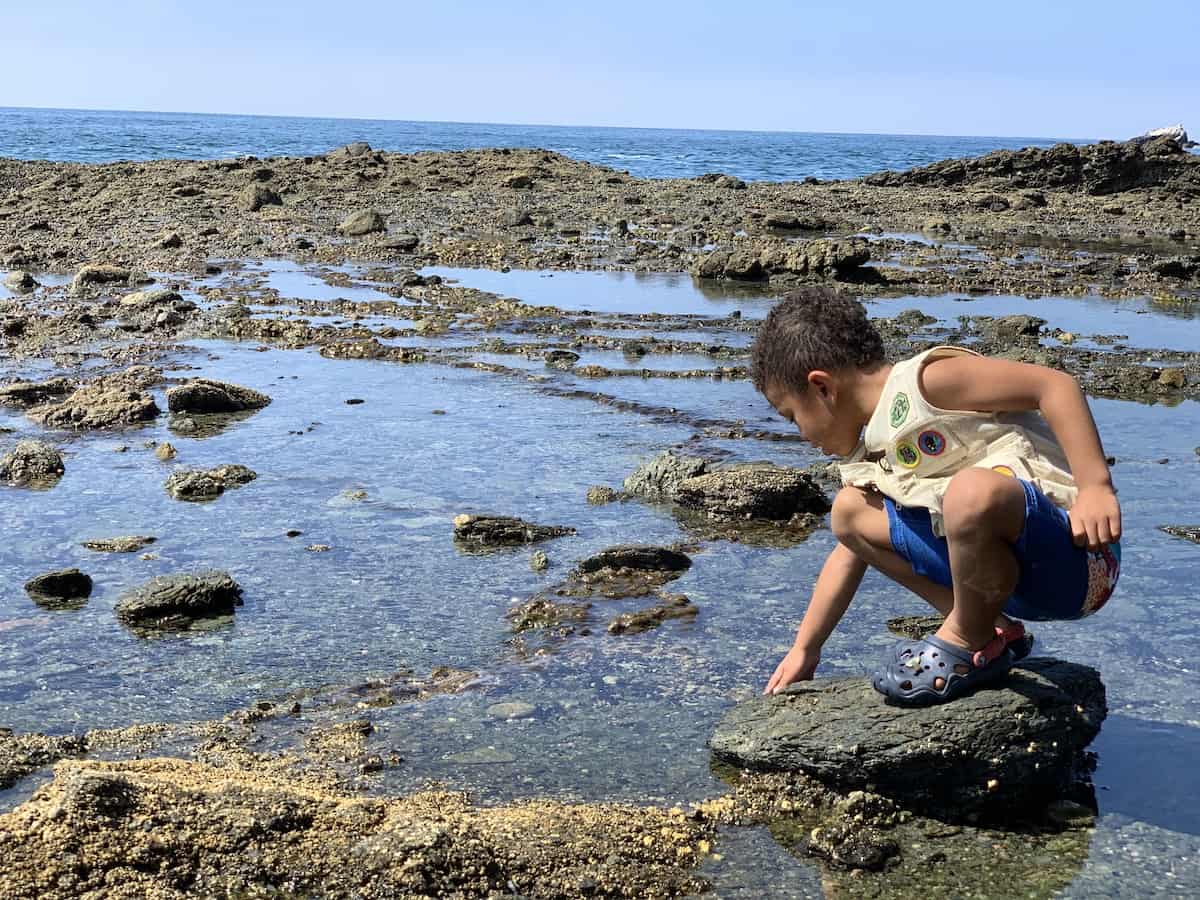
How to Cultivate Nature-Inspired Literacy in Children
These days, the adage “not all learning happens in the classroom” couldn’t be more true. The notion of a classroom has been redefined by the pandemic. Kids are learning from home and from school, on the road in RVs, and while at the beach. Learning can happen anywhere! Given the deconstructed school day that exists for many, why not use this opportunity to redefine the classroom a little more? Today, Creative Team member Michelle Garrett, California mom, and creator of Wonder Club Explorers, is here with four fun outdoor activities for kids that will help cultivate nature-inspired literacy.
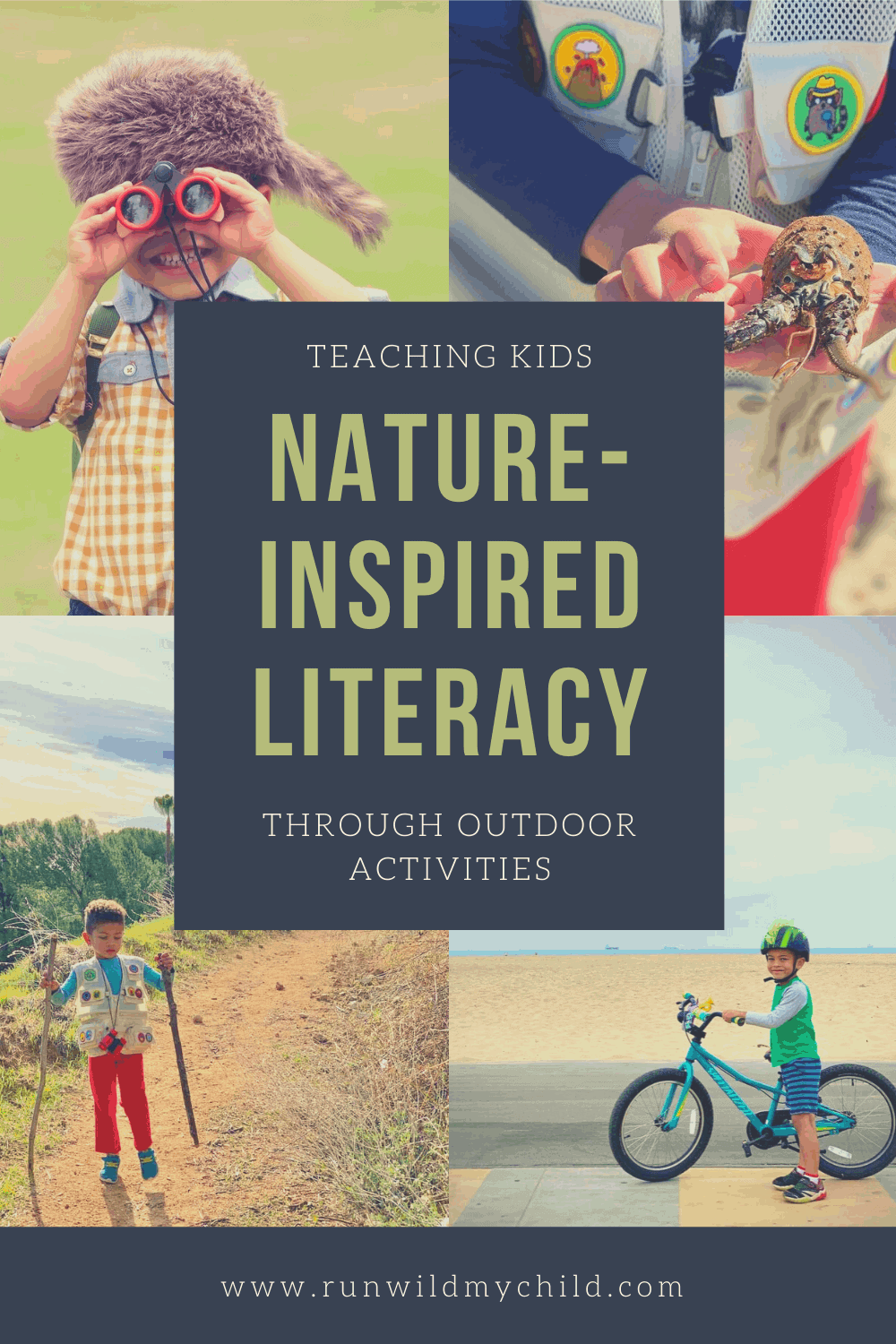
Nature-inspired literacy
In these crazy pandemic times, it is tough watching children sit for long periods, away from friends, and adapting to school on a computer. Most parents and teachers will tell you the same thing…kids should be active, socializing, and outside! One way to provide balance to a child’s day is to introduce nature-inspired literacy as a supplement to textbooks and tablet learning.
Literacy is an ability to identify, understand, interpret, create, communicate, and compute, using printed and written materials associated with varying contexts. Nature is a great learning tool and can be used to help kids grasp large concepts. Outdoor nature-inspired activities like tide pooling, stargazing, hiking, and biking have foundations in physics, astronomy, and geography. Using tools, materials, and resources while participating in a fun outdoor activity can help your child become literate in these complex subjects and explain things in ways children can understand and appreciate.
Today, I’m going to show you how simple outdoor activities can help to expand your kids’ horizons outdoors and in nature. Here’s how to use tide pooling, stargazing, hiking, and biking to help cultivate nature-inspired literacy in children.
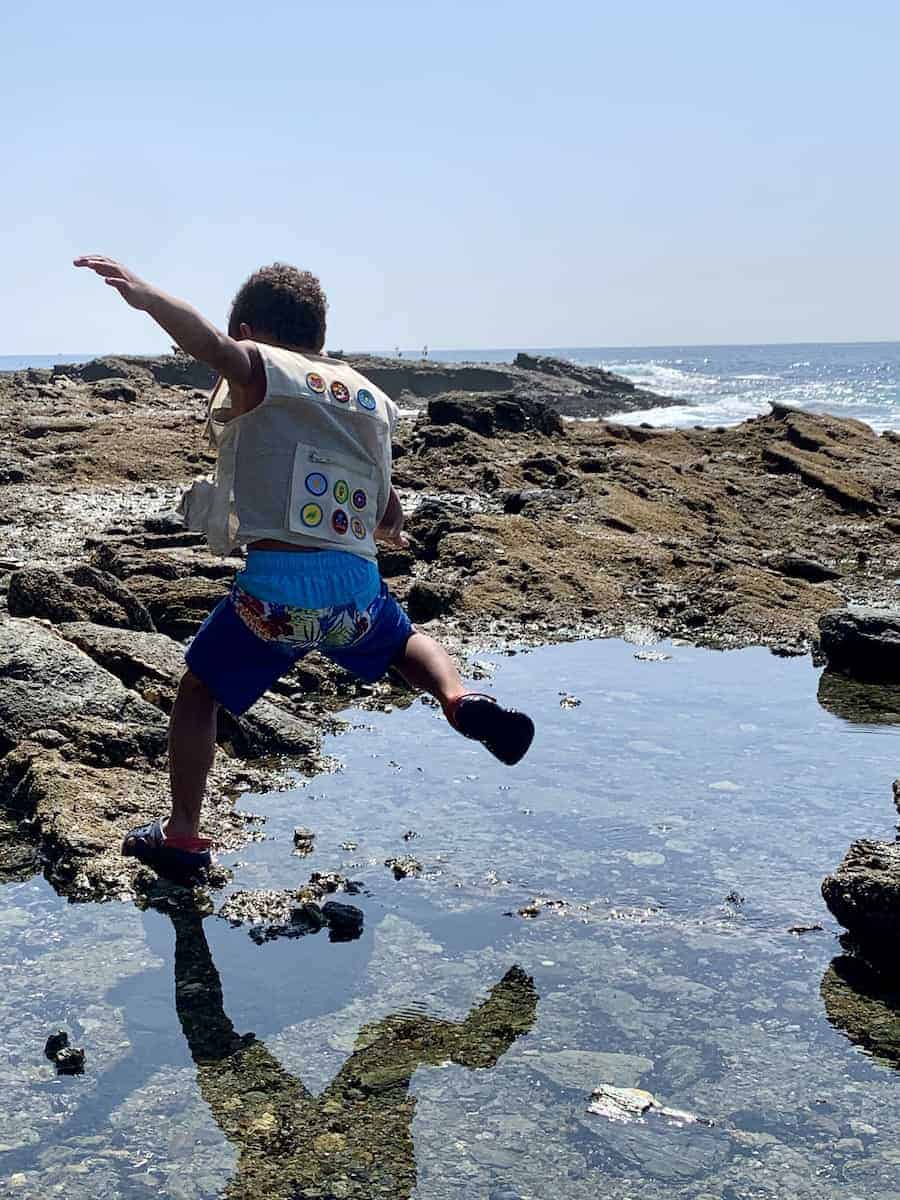
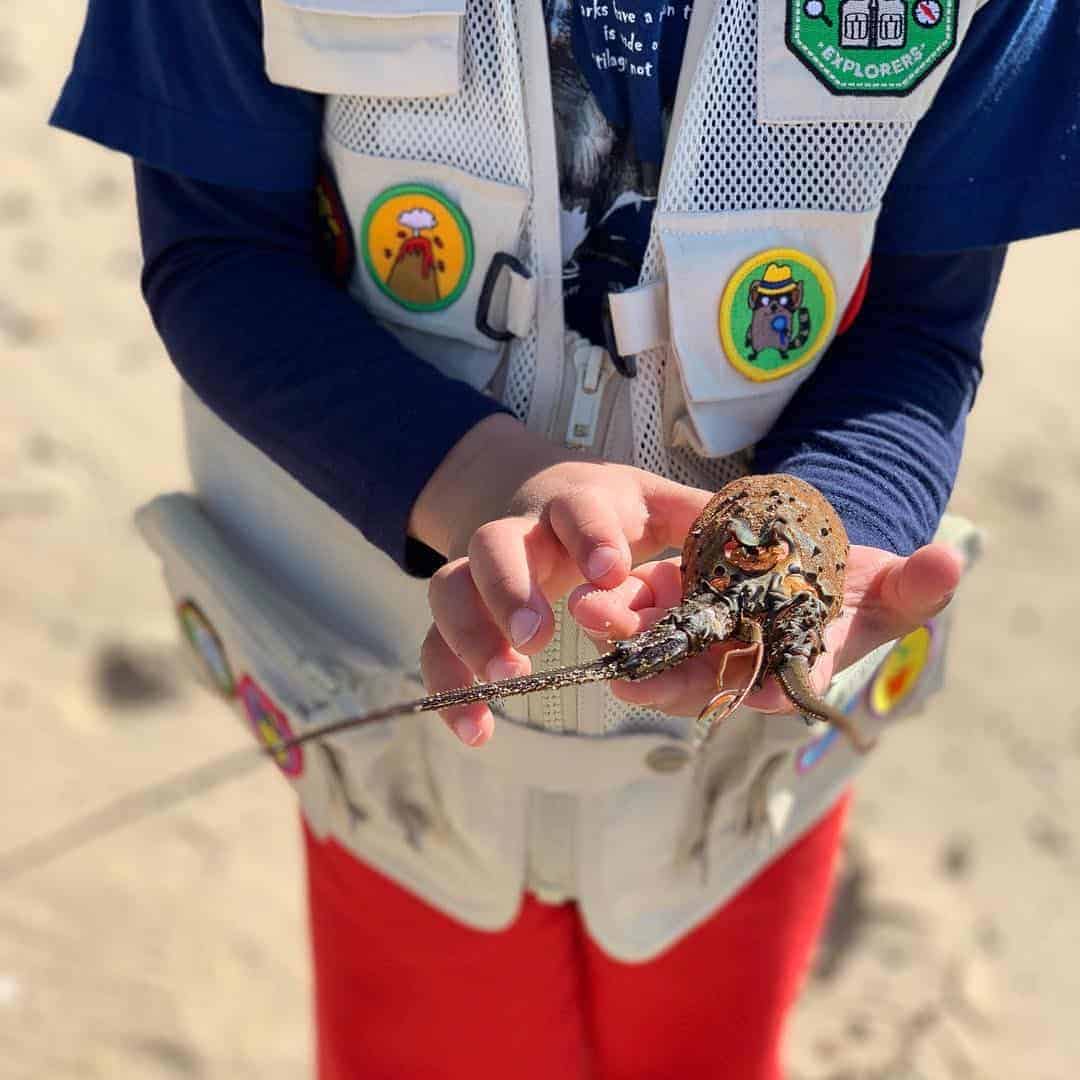
Teaching marine sciences and physics through tide pooling
Tide pooling is an excellent activity to expose your child to marine science. Tide pools can be found in intertidal zones and they give kids an up-close experience with marine life. As tides recede, animals and algae are exposed in craggy rock pools at the ocean’s edge. Within these rocky crevices, kids can usually find sea urchins, sea stars, hermit crabs, sea anemone and so much more. In just one square meter of a tide pool, your child could find dozens of different animals, a remarkable display of adaptation and survival. How cool is that?
In order to teach your kids about the cycle of the tides, you’ll also want a basic understanding of physics. In particular, you’ll want to be familiar with the relationship between the gravitational pull of the moon and the Earth. If you need a quick primer, here’s the basic premise. The moon’s gravitational field is significant, and it causes the rise and fall of the ocean level as it orbits the Earth. When the Earth faces the moon, a tidal bulge occurs and it results in a high tide on the opposite sides of the Earth. When the face of the Earth is perpendicular to the moon, low tide occurs.
The best tool for making the most of a tide pooling experience is a tide chart. Tide charts contain data for local water levels, tide predictions, and other oceanographic and meteorological conditions. High and low tides both appear twice in a 24 hour day. Tides occur at different times each day depending on where the moon is in its cycle. Understanding how to read tide charts is essential for a tide pooling excursion. And it’s relatively easy to do. Kids will love using a local tide chart to help determine when to visit the tidepools. This will not only teach them about tides but about timing and lunar cycles, as well.
A good source for information to learn more about the tides is the National Oceanic and Atmospheric Administration.
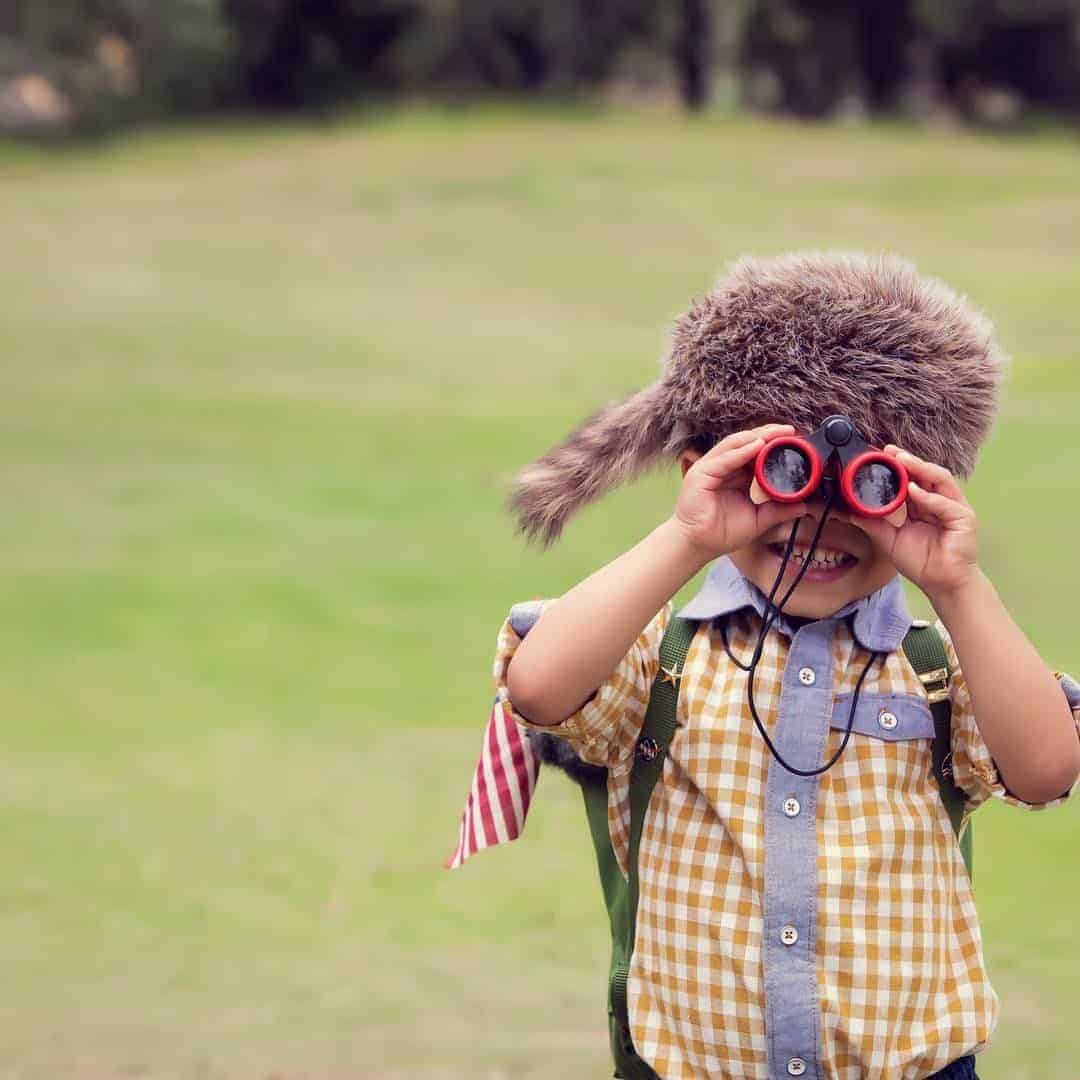
Teaching astronomy through stargazing
Who doesn’t love a starry night? What makes stargazing such a wonderfully fun activity is that anyone can do it. All you have to do is look up! Stargazing is an introduction to understanding the universe outside of the Earth’s atmosphere. It is also an excellent primer for the scientific field of Astronomy.
Some 400 years ago, stargazing developed as a scientific pursuit. The Italian astronomer Galileo Galilei designed a telescope to enable the close observation of the night sky. The rest of his astronomical pursuits were groundbreaking. Gallileo’s credits include such things as being the first person to spot the four moons of Jupiter (a.k.a the Galilean moons), as well as his discovery that the surface of our moon contains mountains and craters.
The best time to stargaze is on a moonless night. Once outside, close your eyes and count to 100 to acclimate to the dark. As you slowly open your eyes, stars will appear across the night sky. Stars are not the only things you can spot in the night sky. To differentiate all the lights in the sky, you need to know that stars twinkle and steady lights are planets. Other fun things to spot on a dark, moonless night are things like meteors (shooting stars), satellites, and aircraft.
To help your child learn astromony through stargazing, there are some really great online tools. Stellarium is a free open source planetarium for your computer. It shows a realistic sky in 3D, just like what you see with the naked eye, binoculars or a telescope. Star finder apps like SkyView can help your child find and identify constellations using your phone’s camera. NASA’s Spot the Station Website gives you a list of upcoming space station sighting opportunities for your exact location. A constellation chart is another great resource for astronomy.
Keep in mind that while stargazing is easily done with the naked eye, binoculars or a telescope will enhance the experience. We like this beginner portable telescope.
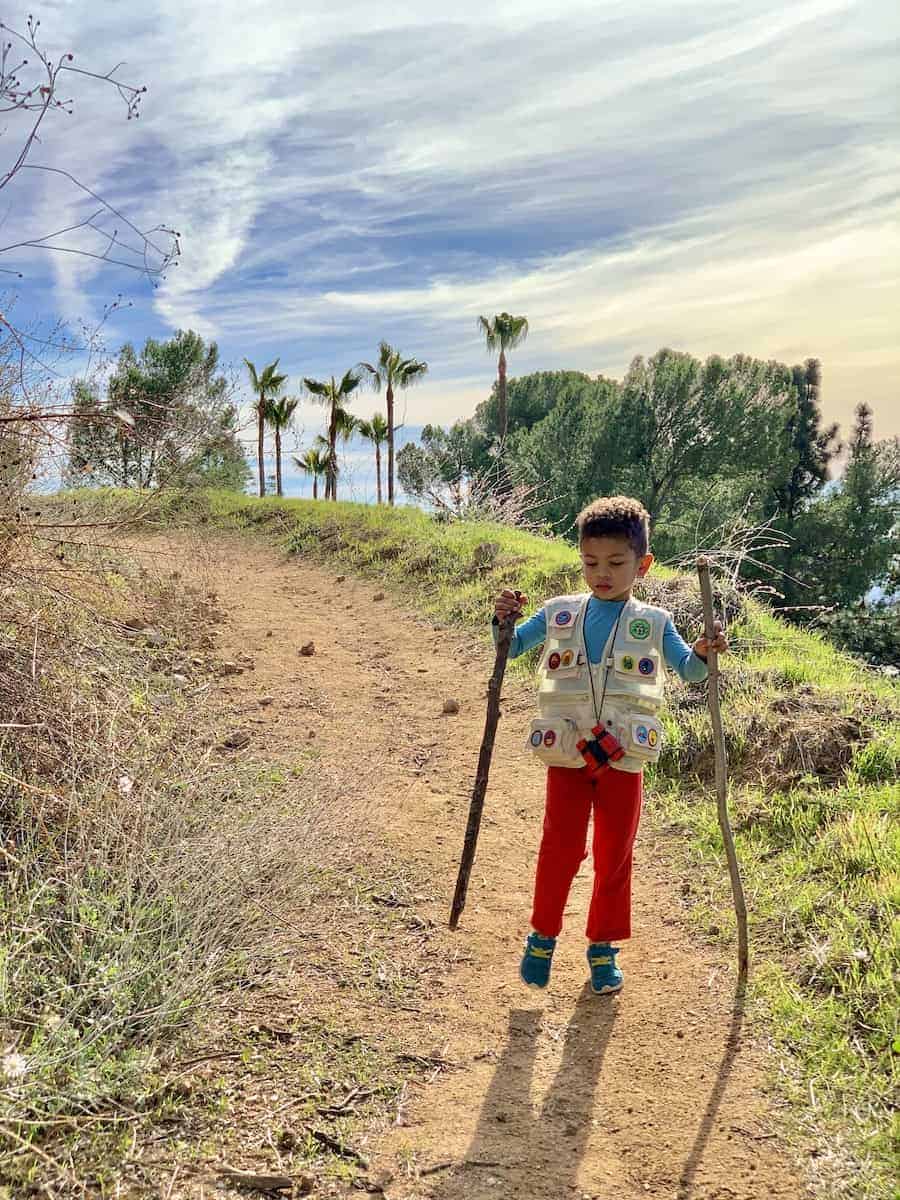
Teaching topography through hiking
Two super handy things to have for a hiking adventure are a good sense of direction and knowledge of your environment. Without these things, even a simple hike can go sideways. It’s always a good idea to carry a map to help you make sense of your position in the outdoors. However, carrying a map is only half of the equation. Your child should also know how to read one. This is a skill that many children are losing due to GPS access and phones. Teaching kids to read a map is a skill that any outdoor child should learn – it could save their life.
Topographic maps are pretty standard fare amongst seasoned hikers. Topographic maps are graphic representations of natural and man-made features of the Earth’s surface. They show the shape of the land, lakes, streams, roads, and provide a complete inventory of the terrain, including elevation. When you know how to read a topographic map, you’ll have a better chance of locating a good camping site or water source, distinguishing main trails from minor ones, identifying trail connections, and estimating elevations. Each of these skills will help your child to be mentally prepared for a trek.
Reading topographical maps requires practice. You’ll want to teach your child to understand how to decipher all of the technical information that appears on a map. In addition to reading a map, you may also want to teach your child how to use a compass. The pairing of map reading and compass reading will require basic navigation skills. If you need to brush up on your navigation skills, check out this great article from Backpacker Magazine to learn the basics of compass navigation.
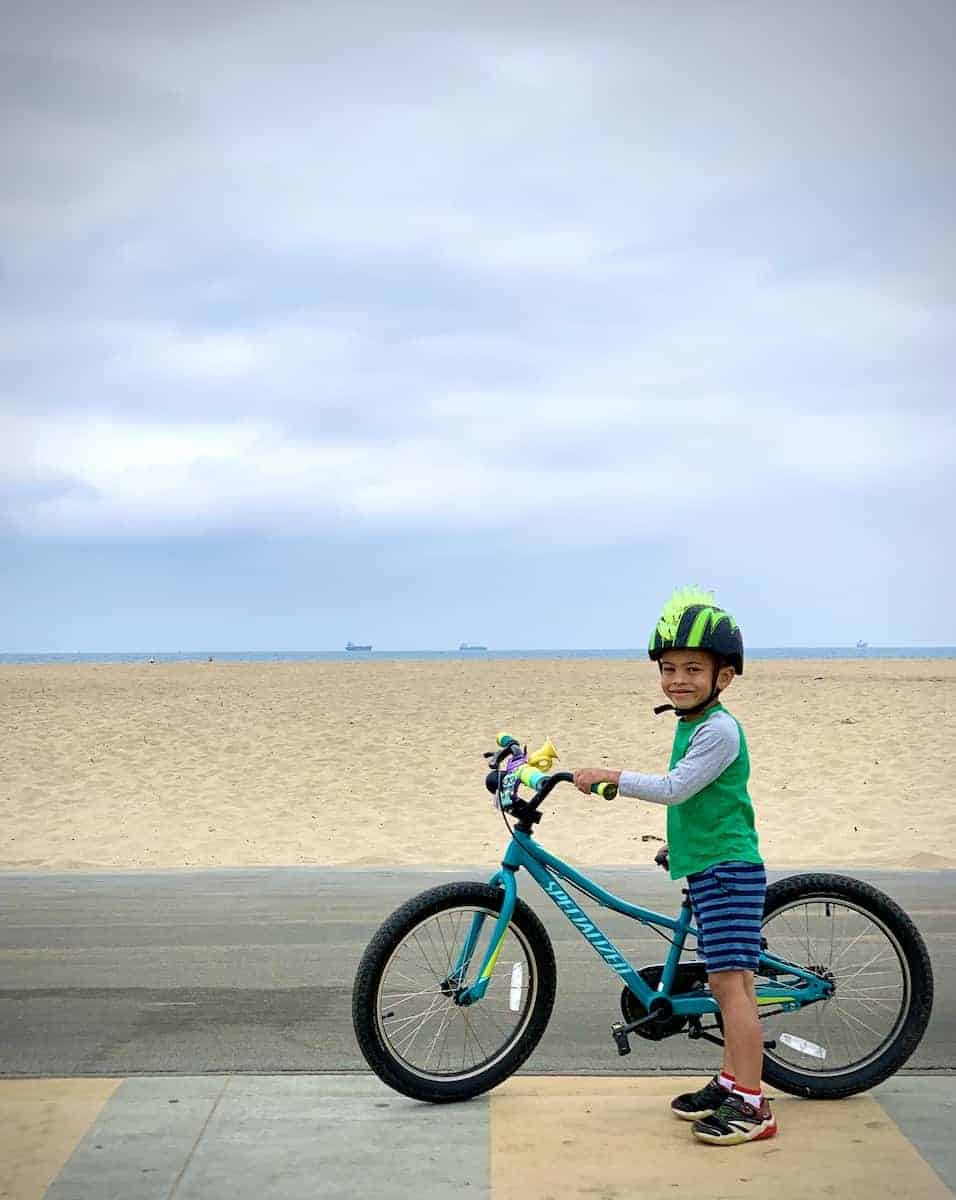
Teaching geography through biking
Did you know that there is a U.S Bicycle Route System? In fact, there are likely designated bike routes in your own cities and towns. If you’d like to go on a biking adventure outside of the neighborhood with your kids, then you will want to teach them the ins and outs of reading a bike map. Rest assured, the same map reading and route planning skills involved with hiking apply to bike riding as well. Again, being able to read a map is an important skill.
It is worth noting that not all bike routes are the same. A bike map will distinguish between the classes of bike paths. A Class I bike path is a completely separated bi-directional right-of-way designated for bicycles. Class II bike lanes are striped lanes for one-way bike travel. Class III bike routes are travel ways for bicycles through a community denoted by signs). Finally, enhanced bike routes are a superior route based on traffic volume and speeds, street width, directness, and cross-street priority. Each of these bike routes results in different road conditions. Cyclists should know the difference between the types of routes as they are important for a bicyclist’s safety.
Transportation planners take a holistic approach when mapping out bike routes. For that reason, you will often see bike routes integrated with public transportation. Knowing how to navigate these connections it is an added benefit of bike map literacy. For a peek at what the USBR’s National Corridor Plan will look like, once complete, visit Adventure Cycling.

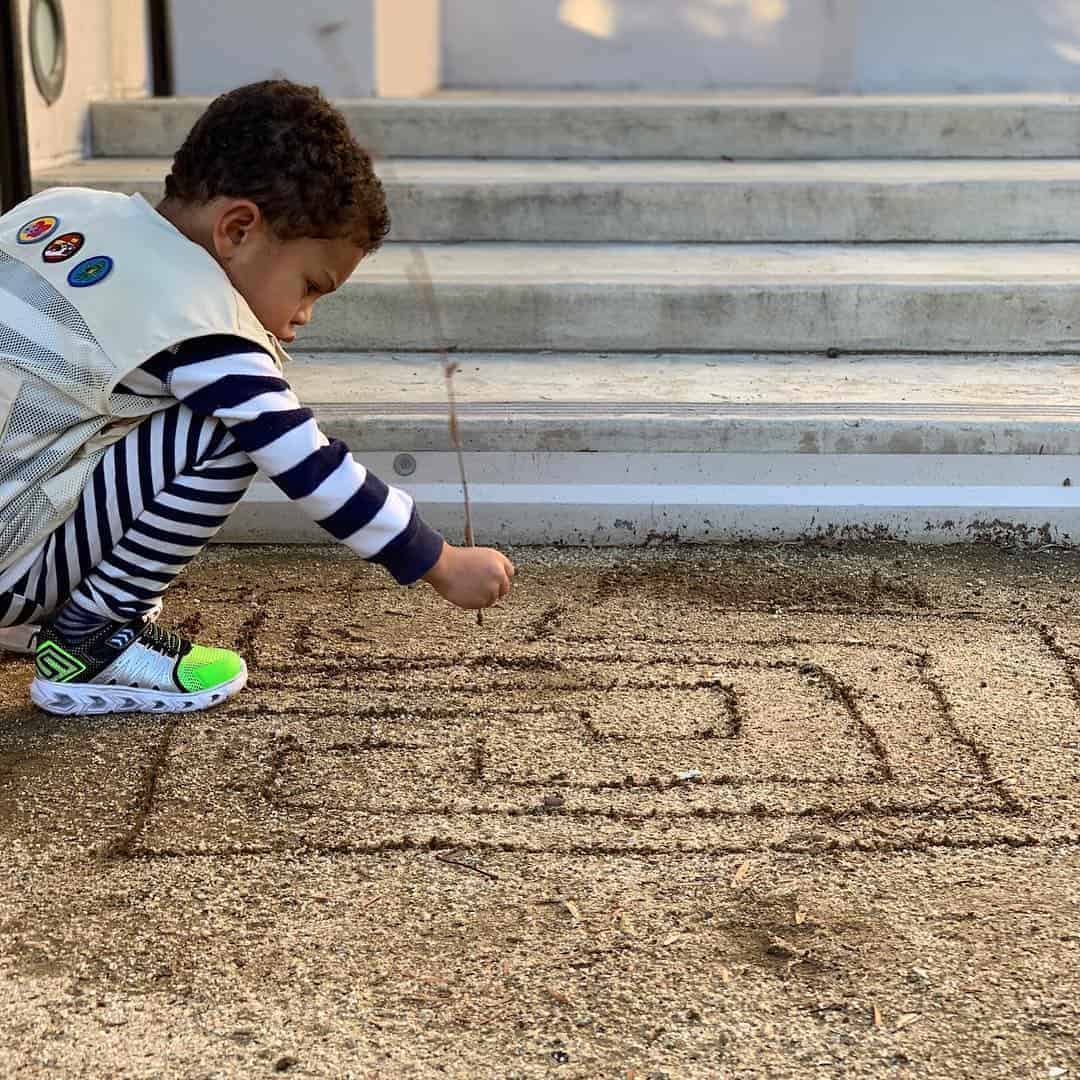
Make nature-inspired literacy part of your school day
Nature-inspired literacy is easily attained by taking the time to familiarize oneself with the charts, maps, and resources that are part of outdoor activities. By taking the time to learn how to use these tools, kids will learn more about the activities both in a practical and academic sense. As with anything, once you understand the concepts behind an activity, the more enjoyable they become. As parents and caregivers, let’s make the most of these unprecedented times and incorporate nature-inspired literacy into our children’s school days. Don’t forget to have fun exploring and be sure to tag #runwildmychild in your outdoor adventures!
Which of these activities would your child like the most?

About the author
Michelle spends her days working on projects to improve the quality of life for the citizens of her community and her nights reading books to her 6 year-old about every kind of dinosaur there ever was (there are 900 validated species, in case you’re wondering). Together with her son, Michelle created Wonder Club Explorers, a company to inspire wonder and curiosity in kids. She carves out time for herself on the weekends as an early morning exerciser and metalsmith of fine jewelry. She resides in Altadena with her husband and son amongst California Oak trees and a stone’s throw of the San Gabriel Mountains.
You can find Michelle online in the following locations:
Instagram: @wonderclubexplorers
Website: www.wonderclubexplorers.co
RWMC posts: Michelle Garrett

Leave a Reply